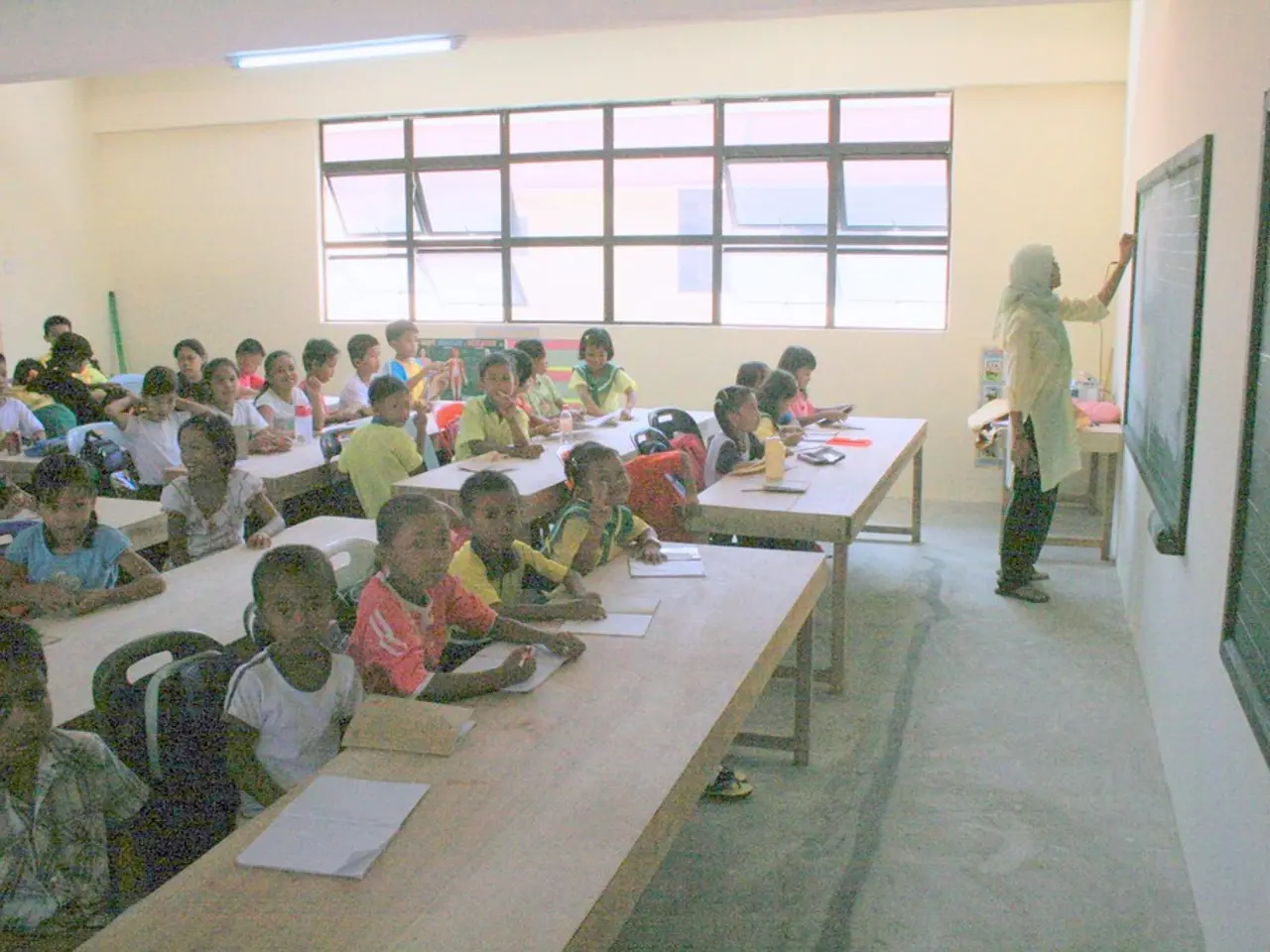Linking Educators with Pupils' Emotional Condition for Enhanced Scholastic Progression
In an effort to enhance the learning experience and address the prevalent issue of student dropout in Higher Education Institutions, a new technology-based framework has been presented. This framework leverages electronic sensors, machine learning, and various educational technologies to gather analytic data from students' emotions, affects, and behaviours, aiming for academic performance improvements.
The framework collects data through human observations, electronic sensors, or automatic analysis software. This data is then compiled in an ontology, allowing for pattern recognition and the identification of outliers via machine learning. One of the key features of the framework is its ability to profile students in critical situations, such as disengagement, attention deficit, drop-out, and other sociological issues, and set real-time alerts when such profiles are detected.
Improving Student Engagement
The framework's emotional and behavioural analysis can help educators tailor interventions to meet individual needs, fostering a more supportive learning environment. AI-driven tools can create personalised learning spaces that adapt to students' learning styles and preferences, boosting engagement by making learning more relevant and interactive.
Augmented Reality (AR) integration can increase student engagement by providing immersive and interactive learning experiences, helping students focus better and enjoy the learning process more. The integration of AI, microlearning, and learning analytics in flipped classrooms can also enhance student preparation and engagement, offering manageable chunks of content and reducing anxiety.
Addressing Drop-Out Issues
The framework can help address drop-out issues by implementing early warning systems, emotional support systems, predictive analytics, and virtual mentorship programs. Machine learning can process large datasets to identify early warning signs of potential dropouts, allowing educators to intervene early and provide targeted support. AI-powered chatbots or virtual assistants can offer emotional support to students, helping them manage stress and anxiety—factors that often contribute to dropout decisions.
By analysing behavioural and affective data, institutions can predict potential drop-out risks, enabling proactive measures to engage at-risk students and improve retention rates. Technology can facilitate virtual mentorship programs where students are paired with peers or mentors who can provide guidance and support, reducing feelings of isolation and increasing motivation to stay enrolled.
Implementing Technology-Based Frameworks
To effectively implement these technology-based frameworks, it is crucial to ensure seamless data integration from various sources, address privacy and ethical concerns when collecting and analysing student data, and educate faculty members on how to interpret and use insights from these technologies effectively.
By addressing student engagement and drop-out issues through technology-based frameworks, higher education institutions can create more supportive and effective learning environments, bridging the communication gap between faculty staff and students and ultimately leading to academic performance improvements.
The presented framework includes eye tracking technology to gather valuable data on students' attention and engagement, aiding educators to optimize interventions and foster a more engaging learning experience.
To provide personalized, immersive learning experiences and identify students at risk of dropout, virtual mentorship programs can leverage AI technology, including machine learning and eye tracking, to offer emotional support and real-time alerts when potential problems are detected.




